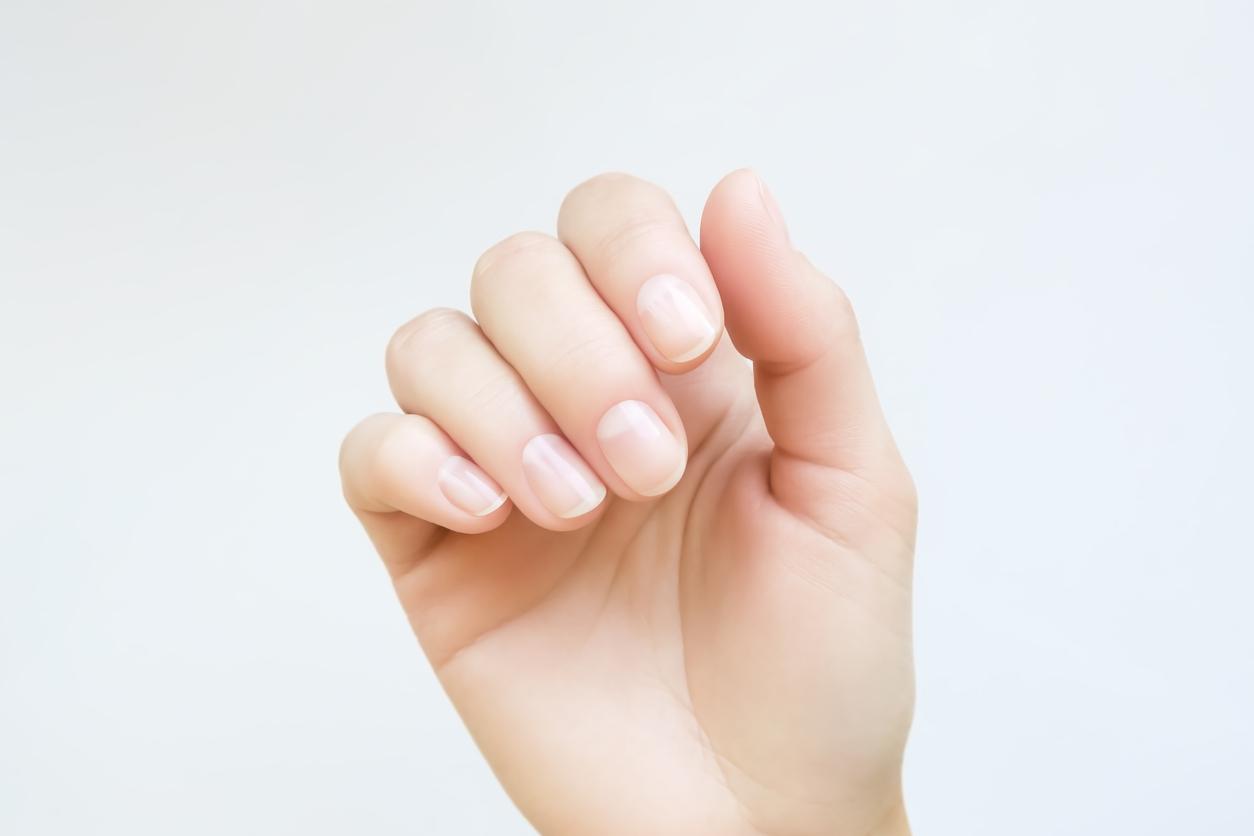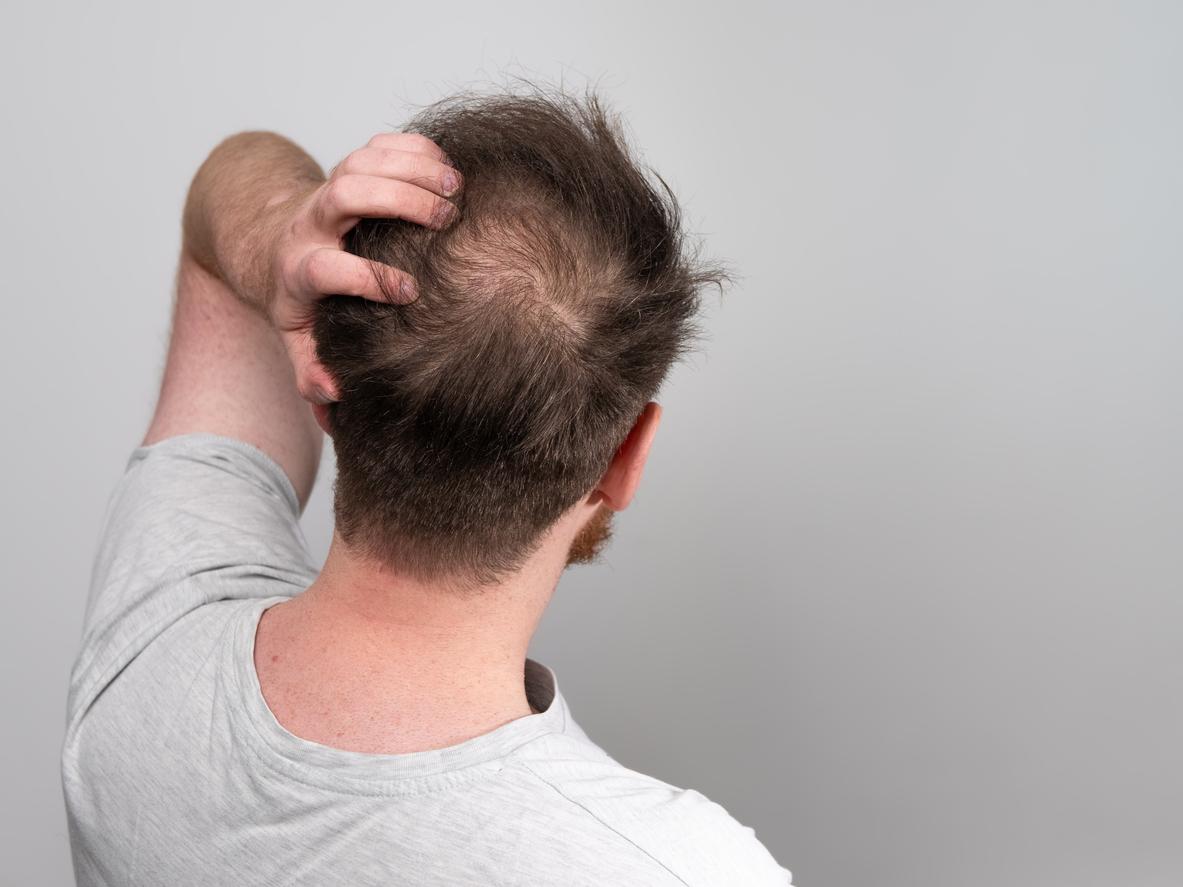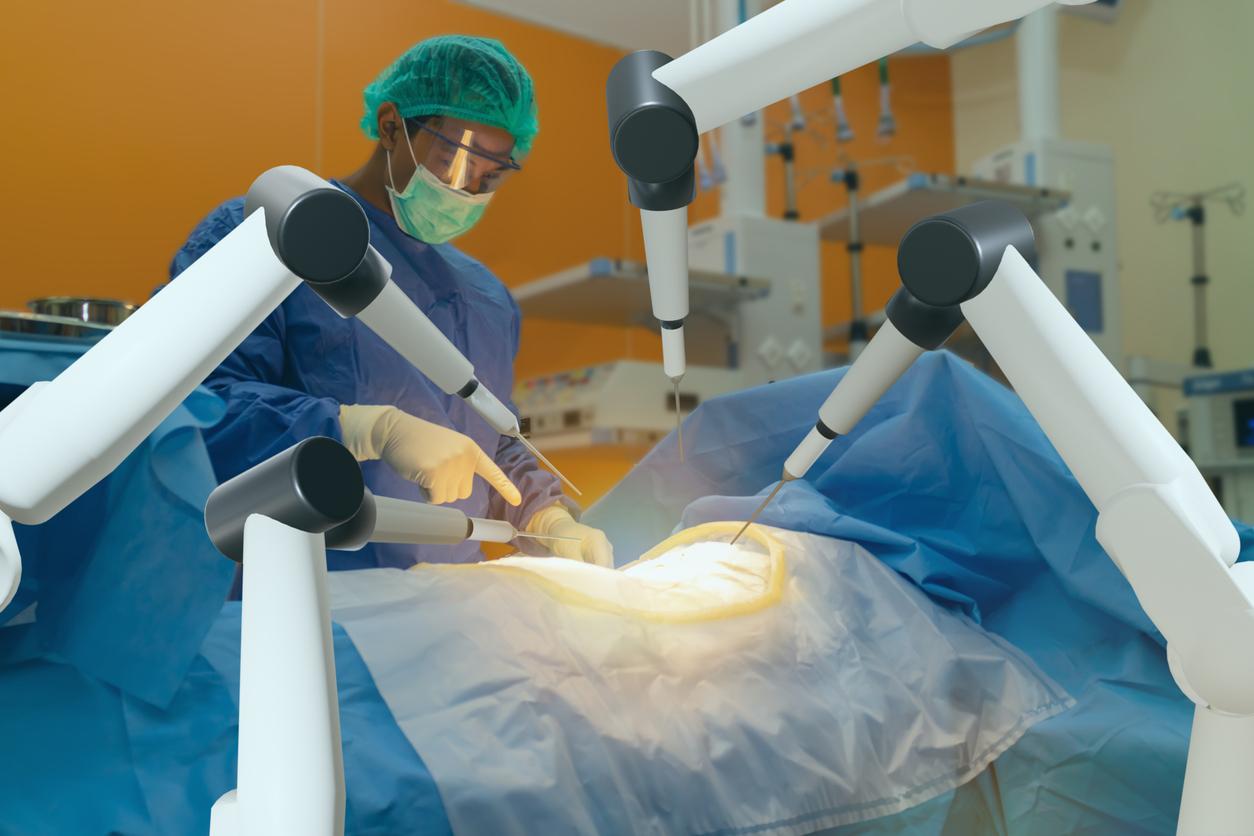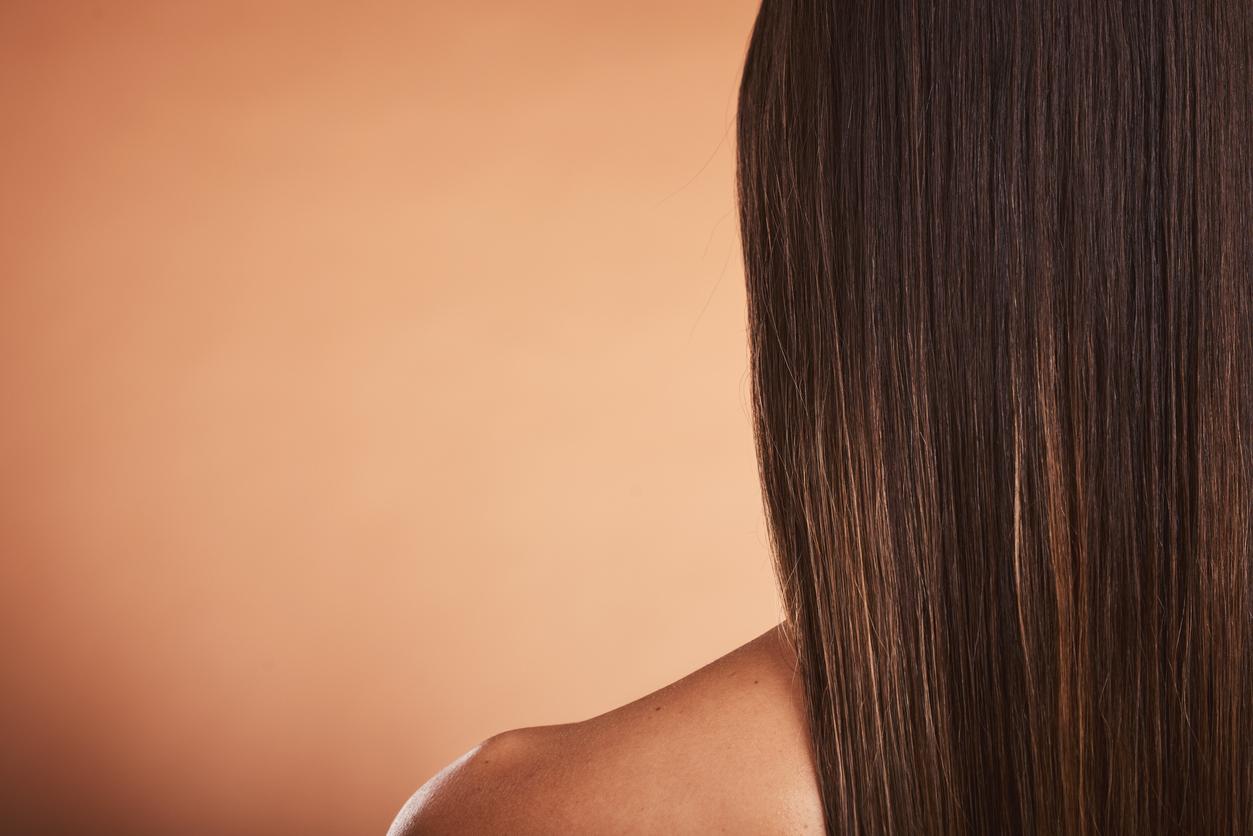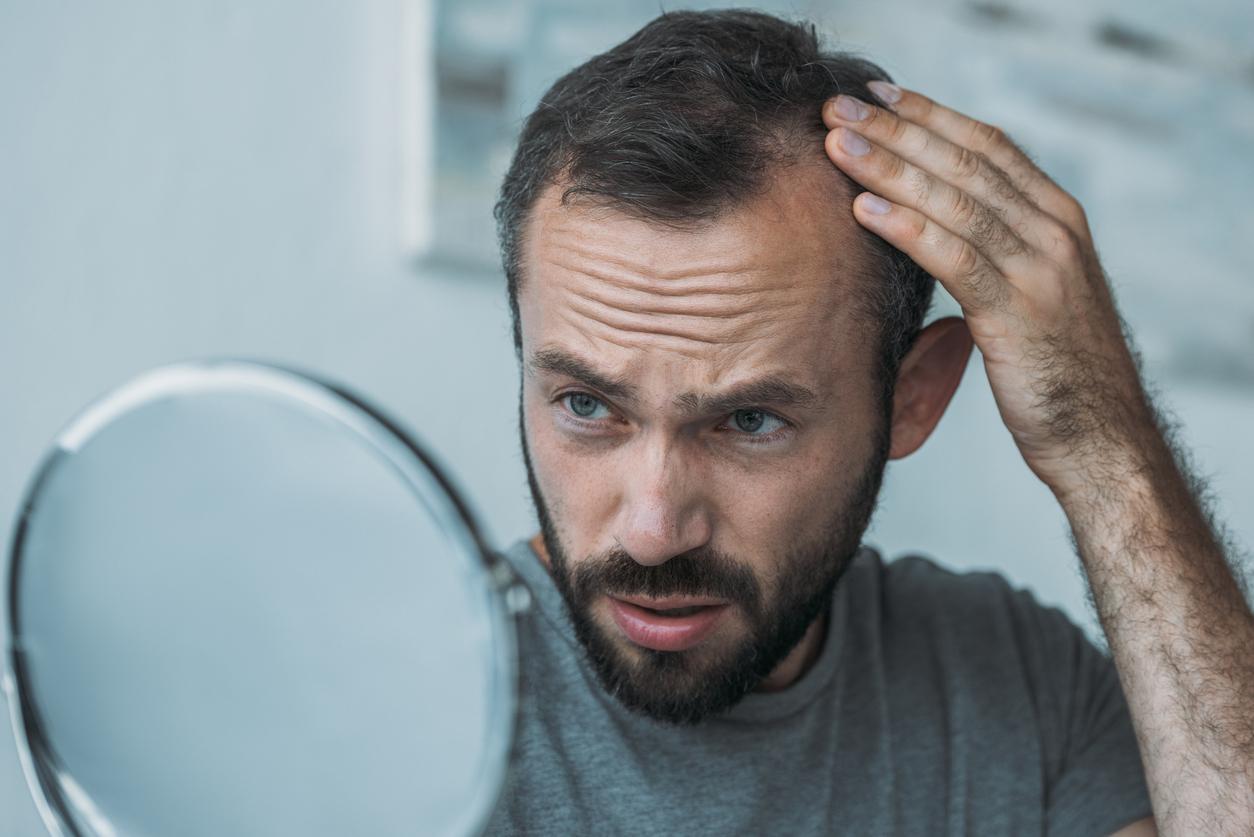
All methods in a row
A luscious head of hair. Who doesn’t dream of that? Unfortunately, this is not for everyone. Men, but also women, can go bald prematurely.
Baldness happens under the influence of hormones, but diseases and stress can also cause hair loss. Hair transplantation can be a solution. Your own hair is then transplanted to a bald spot.
Unnatural effect
The technology behind hair transplantation has advanced a lot in recent decades. In the 1960s and 1970s, skin grafts with a diameter of a few millimeters were implanted directly into the hairless part.
This created an unnatural effect. Think of a doll’s head. Today, much smaller grafts with up to three hair follicles are used. However, the principle of hair transplants has remained the same.
Different techniques
There are several techniques to perform hair transplants. Below an overview:
Laser
Very small holes are made in the scalp with a laser, so that there is room for new hair. This method is mainly used for a brand new hairline. This method is also used with thicker skin or with dark and thick hair.
Not all doctors use the laser technique. This is because blood vessels can be damaged by the laser and scarring can occur.
Slit method
This method uses a very fine blade, which makes small incisions in the scalp. The advantage of this method is that the grafts can be placed close to each other.
Stick & Place Method
Small holes are made in the scalp with a special needle. A new hair root is immediately placed back. The surrounding hairs are hardly damaged.
FUT method
FUT stands for Follicular Unit Transplantation. This method is also known as Micro Grafts. A small strip of skin is cut from the back of the head. This strip is divided.
The grafts are then transplanted with up to three hair roots. This is done using a hollow needle. The scalp where the strip was removed is sutured. The scar that remains is barely visible.
FUE method
FUE stands for Follicular Unit Extraction. This form of hair transplantation is similar to the FUT method. However, the hair roots are removed one by one from the back of the head with a special needle.
Because the hair root is partially removed, it will also recover at the back of the head. The result is very natural, but there is a risk of damage to the hair follicles. This method is therefore mainly used for smaller treatments.
undergoing a transplant
Who can undergo hair transplantation? Anyone who is (hereditally) burdened with hair loss, where the loss starts or has already progressed. Women can also be treated, especially to fill and correct the hairline.
With increasing hair loss over the entire head, hair transplantation is not suitable. The transplanted hairs will then also fall out in the future.
You can put hair in the coves on your head and in places where the hair is very thin. Think of a high hairline or, for example, a wide middle parting. The crown can also be well filled.
Sensitive scalp
Real hair growth begins three to five months after surgery. Before then, the scalp can be very sensitive. Also – don’t be alarmed – transplanted hairs can fall out. This often happens after the scalp has healed and the scabs have loosened.
The end result is different for everyone and depends on the amount of hair you have on your own and how thick the individual hairs are. Thin and frizzy hair unfortunately cannot be turned into thick curly hair.
Of course, the method used also influences the result. Although a hair transplant can provide great results, your hair will unfortunately never be as full as before the hair loss.









